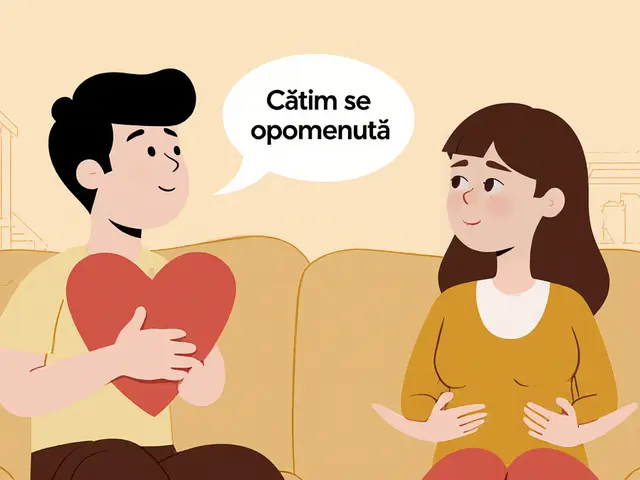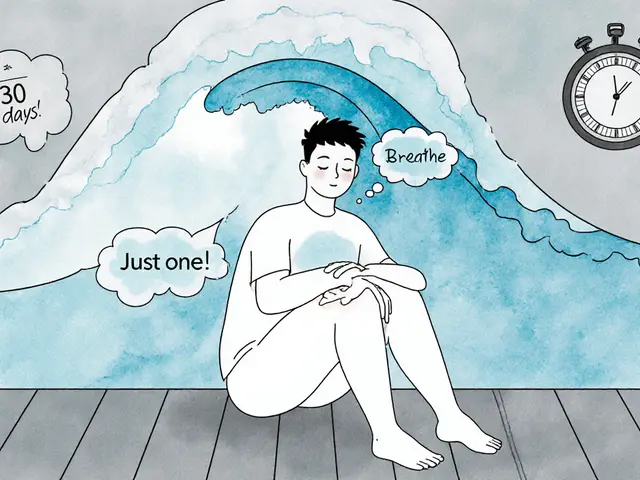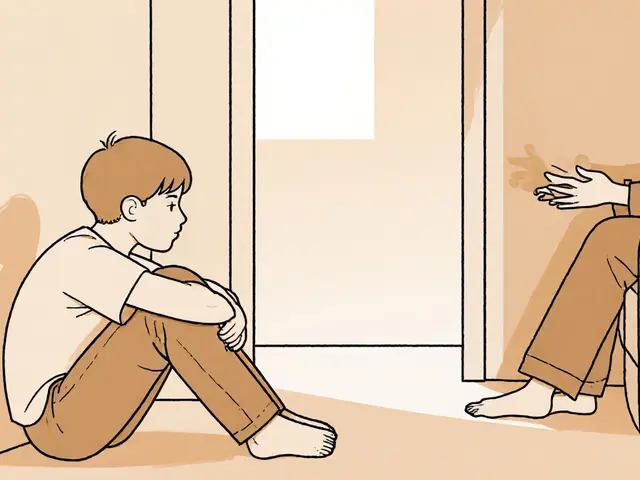Trauma-informed přístup: Co to je a jak pomáhá v psychoterapii
When someone has experienced trauma, their brain and body don’t just remember it—they react to it every day. A trauma-informed přístup, přístup, který rozumí, jak trauma ovlivňuje chování, emoce a vztahy, aniž by klienta obviňovalo nebo předpokládalo slabost. Also known as traumato-orientovaná péče, it shifts the question from "What’s wrong with you?" to "What happened to you?". This isn’t just a trendy term—it’s a fundamental change in how therapy works, especially for people struggling with PTSD, anxiety, or emotional shutdowns.
It doesn’t mean therapists need to know every detail of your trauma. It means they understand that your anger might be survival, your silence might be safety, and your inability to trust isn’t a flaw—it’s a learned response. A trauma-informed terapeut, osoba, která vytváří bezpečný prostředí, respektuje hranice a nepřinucuje klienty k otevření, když nejsou připraveni won’t push you to talk about your past. Instead, they’ll help you feel grounded in the present, give you control over the pace, and recognize when your body is reacting to old pain, not current danger.
This approach is deeply connected to psychoedukace, vzdělávání klienta i jeho blízkých o tom, jak trauma ovlivňuje mysl a tělo. When your partner, parent, or friend understands that your withdrawal isn’t rejection but protection, the whole healing process changes. It’s also why PTSD, porucha vyvolaná přetrvávajícím psychickým stresem po traumatu, která se projevuje při připomínkách, hypervigilanci a nočních můrách responds better when treated with this method—because therapy isn’t about fixing what’s broken, but about rebuilding trust in yourself and others.
You won’t find quick fixes here. Trauma-informed care isn’t about techniques alone—it’s about presence. It’s about knowing when to pause, when to offer space, and when to simply sit with someone in their discomfort without trying to fix it. That’s why so many of the posts here focus on terapeutický vztah—because without safety, no method works. Whether it’s EMDR, TF-CBT, or just a quiet conversation, everything starts with this foundation.
In the articles below, you’ll find real examples of how this approach shows up in practice: from helping children process trauma with TF-CBT, to supporting partners of PTSD patients, to understanding why traditional therapy sometimes fails those who’ve been hurt. There’s no magic formula—but there is a way forward, and it begins with being seen, not fixed.
Trauma-informed přístup v psychoterapii: Zásady citlivé praxe
Trauma-informed přístup v psychoterapii zaměřuje terapii na bezpečí, volbu a zmocnění klienta místo opakovaného vyvolávání traumatických vzpomínek. Umožňuje lidem s komplexním traumatem uzdravovat se bez retraumatizace.
Zobrazit více




